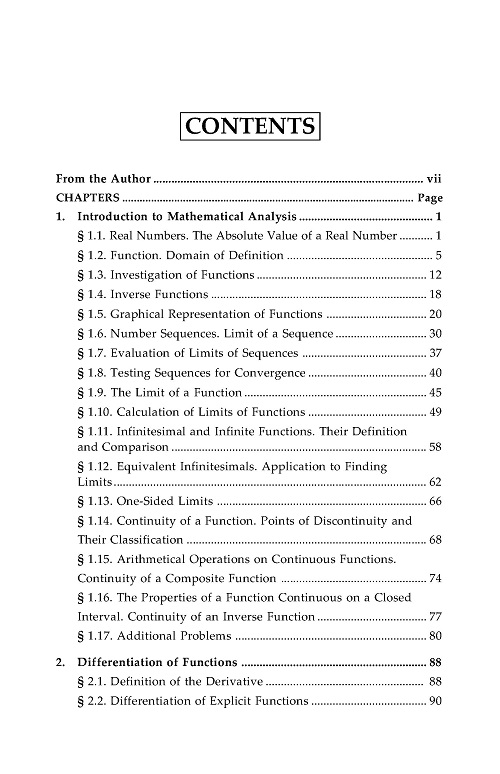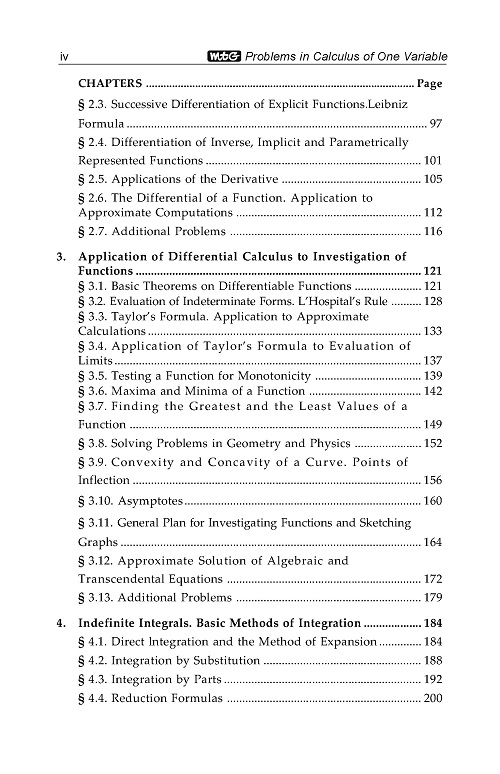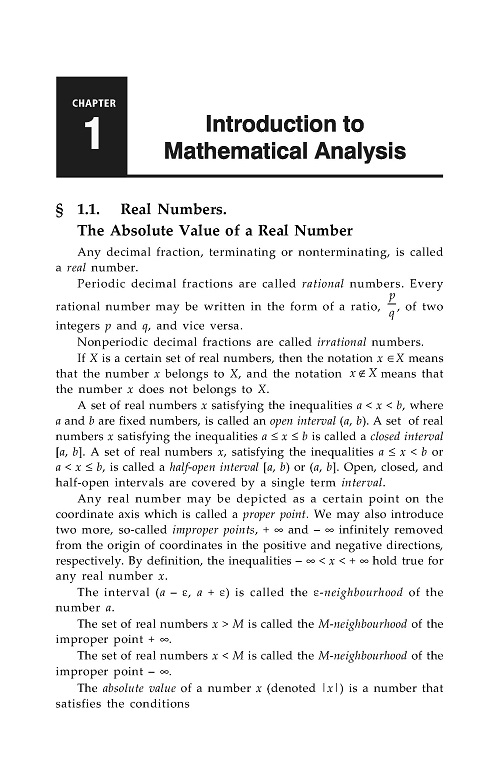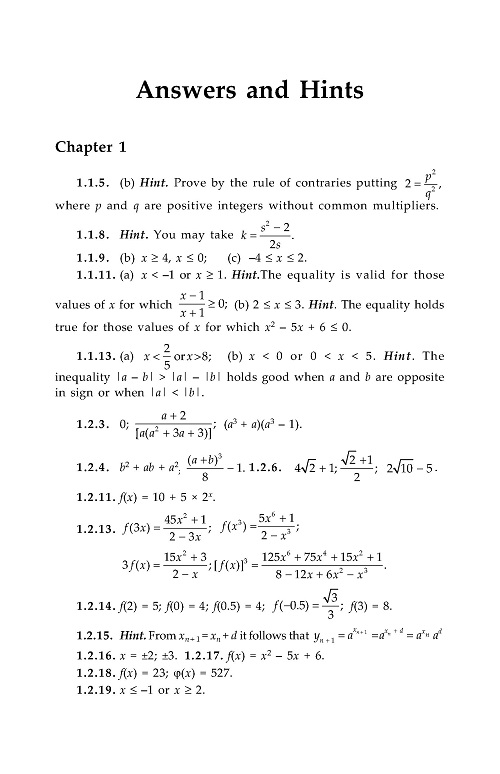MTG’s “Problems in Calculus of One variable” book by I. A. Maron is a wide-ranging collection of challenging calculus problems, designed to enhance understanding and problem-solving skills in single-variable calculus. This book offers rigorous practice and a diverse range of problem-solving techniques to help students excel in calculus along with answer at the end of the book.
It is beneficial for students preparing for:
- JEE
- WBJEE
- BITSAT
- KCET
- KEAM
- MHT CET


 Free delivery in India for orders over Rs. 1,100.00.
Free delivery in India for orders over Rs. 1,100.00.













 Cart
Cart My account
My account
Reviews
There are no reviews yet.